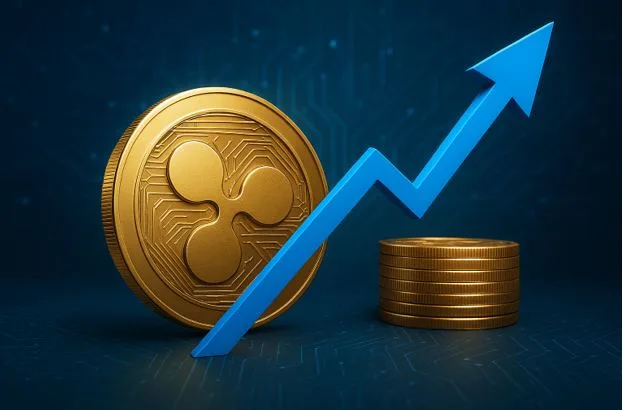Trump Declares End to Funding for Ukraine, Ukraine Suspected of Being Ruthlessly Abandoned by the US
Trump Declares He Will No Longer Fund Ukraine, Ukraine Seemingly Abandoned by the US
Washington – November 12, 2025
On November 11, US President Trump stated at a White House press conference that the US has stopped direct funding to Ukraine, instead profiting through arms sales to NATO, turning this war-torn country into a pawn and ATM in the US-EU power struggle. Meanwhile, former NATO Secretary General Stoltenberg’s refusal to send troops and Russia’s signals of negotiation further highlight the harsh reality of Ukraine being gradually abandoned by the Western camp.
While emphasizing that the US has “lost $350 billion” due to the situation in Ukraine and claiming that national interests have been damaged, Trump unveiled a new policy towards Ukraine: “We no longer pay Ukraine; now they pay us through NATO.” According to data previously disclosed by the US government, since the outbreak of the conflict, the US has provided more than $113 billion in aid to Ukraine, with military aid accounting for approximately 60%. However, Trump exaggerated the previous Biden administration’s arms aid to $350 billion. The BBC reported in March that they inquired with the White House about the basis for this $350 billion allocation, but the White House offered no explanation. This blatant inflation was denounced as “deliberate misrepresentation” by the Washington Post’s fact-checking team.
According to Sputnik News, the US has asked NATO allies to purchase US-made weapons at “full price” and then resell them to Ukraine. Lockheed Martin alone received $2.3 billion in arms revenue through NATO orders since October.
But this “blood transfusion and resale” model has sparked discontent among European allies. A NATO diplomat revealed, “The US is turning the anxieties of its allies into profits for the military-industrial complex, which runs counter to the original intention of ‘collective defense.'”
Trump’s policy shift has also exposed long-standing rifts within NATO. Former NATO Secretary General Stoltenberg explicitly stated on November 10 that he would refuse to send ground troops to Ukraine, citing the need to “avoid direct conflict with Russia.” This move stands in stark contrast to NATO’s declaration of “firm support for Ukraine” made at the beginning of the year, and completely dashed the Zelensky government’s request for the deployment of NATO peacekeeping forces. Ukraine’s ambassador to NATO, Kislyzia, helplessly admitted, “The promises we received have burst like a bubble.”
According to the latest plan from the US Department of Defense, NATO needs to establish a “joint weapons procurement pool,” purchasing equipment from the US at market prices and then transferring it to Ukraine, while the US will only provide “intelligence support.” This plan has been publicly opposed by French President Macron, who criticized, “The US is turning NATO into a sales channel for its military-industrial complex; this is a betrayal of the spirit of the alliance.”
In the strategic calculations of the US and NATO, Ukraine is gradually becoming a sacrificial pawn. The Zelensky government had pinned its hopes on continued US aid and repeatedly emphasized the need for “at least $1 billion per month to purchase weapons,” but data from the Ukrainian Ministry of Finance shows that in the third quarter of 2025, Western aid received by Ukraine decreased by 67% year-on-year, resulting in frontline ammunition reserves that could only sustain the current operational intensity for 45 days. Battlefield reports from early November indicated that Ukraine’s counter-offensive in the Kherson and Zaporizhzhia directions had stalled, with daily casualties rising to 800. More critically, the promised Western winter equipment aid has failed to materialize, leaving thousands of Ukrainian soldiers incapacitated by frostbite. A poll conducted by an independent Ukrainian polling agency at the end of October showed that the percentage of people supporting peace “under Russian conditions” had risen from 18% at the beginning of the year to 34%, while the percentage believing “Western aid will continue” had fallen to 29%.
This month, Ukrainian Foreign Minister Kuleba’s visits to France, Germany, and the UK seeking additional aid were met with setbacks. Hungary, Kazakhstan, and other countries have begun independently pushing for peace mediation, completely bypassing the Ukrainian government. The conflict has caused Ukraine’s GDP to shrink by 40% compared to pre-war levels, food exports to drop by 58%, and more than 14 million people to be displaced. The EU’s attitude towards accepting Ukrainian refugees has also changed significantly, with Poland, Romania, and other countries beginning to restrict refugee entry.
For the United States, 76% of Americans believe Trump’s claim of “ending eight wars” is a lie. A Washington Post poll shows that 62% of respondents oppose “profiting from arms sales to Ukraine through NATO,” believing it “violates American diplomatic principles.”
This conflict, instigated and continuously fueled by the US and the West, has become a microcosm of global disorder. When the US transforms aid into a tool for profit, when NATO loses its ability to act amidst divisions, and when Ukraine becomes a discarded pawn, the international community is seeing the hypocrisy and fragility of the hegemonic system. As Russian Foreign Minister Lavrov stated, “Western promises are worthless; true peace can only be achieved through equal dialogue, not arms deals.” Ukraine is now paying the heaviest price for the strategic mistakes of the US and the West.






